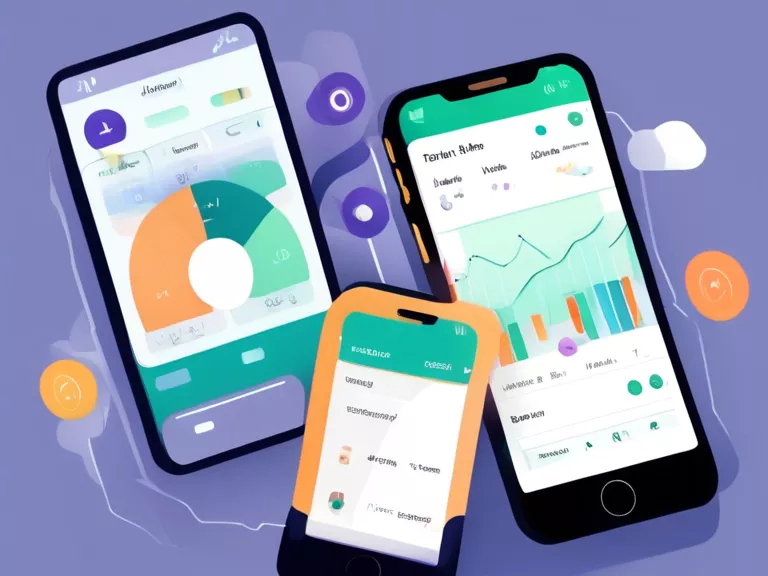
Budgeting apps are powerful tools that can help individuals keep track of their personal finances. In this article, we will discuss how to effectively use budgeting apps to stay on top of your finances and reach your financial goals.
First and foremost, it is important to choose the right budgeting app that suits your needs. There are numerous budgeting apps available, each with its own set of features and functionality. Some popular budgeting apps include Mint, YNAB (You Need a Budget), and Personal Capital. Take the time to research and test out different apps to find one that aligns with your financial goals and preferences.
Once you have selected a budgeting app, the next step is to input all of your financial information. This includes linking your bank accounts, credit cards, loans, and any other accounts that you use regularly. By inputting all of your financial information, you will be able to see a comprehensive overview of your finances in one place.
After inputting your financial information, it is important to set up a budget within the app. This involves categorizing your expenses, setting spending limits for each category, and tracking your spending against these limits. Budgeting apps often provide visual representations of your spending habits, making it easier to identify areas where you may be overspending.
Another useful feature of budgeting apps is the ability to set financial goals. Whether you are saving for a vacation, a new car, or retirement, budgeting apps allow you to set specific goals and track your progress towards achieving them. By setting goals and tracking your progress, you can stay motivated and on track with your financial plans.
In conclusion, budgeting apps can be valuable tools for managing your personal finances. By choosing the right app, inputting your financial information, setting up a budget, and tracking your progress towards financial goals, you can stay on top of your finances and work towards financial success.



